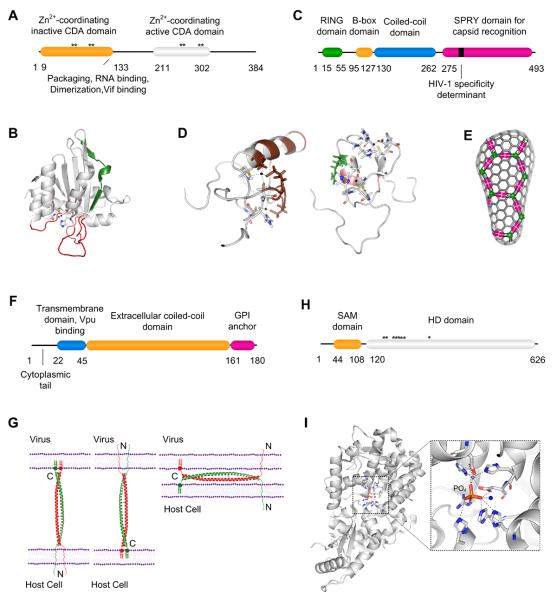Figure 2. Structure and antiretroviral activity of Restriction Factors.
A. Architecture of APOBEC3G. B. Ribbon representation of the C-terminal CDA domain of APOBEC3G (PDB entry 3IR2) consisting of a five-stranded β-sheet core surrounded by six α-helices. The β2-sheet (shown in green) is distorted to various degrees in all reported NMR (PDB entries 2JYW, 2KBO, and 2KEM) and X-ray structures (PDB entries 3IQS and 3IR2), due to the differential hydration of residues in each structure. The three flexible loops near the CDA catalytic site (shown in red) contribute to substrate binding. The residues coordinating the zinc atom (black sphere), either directly or via a water molecule (blue sphere), are shown as a stick representation. C. Architecture of TRIM5α. D. Left panel: NMR structure (PDB entry 2ECV; residues 1 to 78) of the RING domain of human TRIM5α. The putative E2 enzyme-binding domain is shown in brown. The residues coordinating the zinc atom (black sphere) are shown as a stick representation. Right panel: NMR structure (PDB entry 2YRG; residues 86 to 131) of the B-box domain of human TRIM5α. A hydrophobic cluster of residues (shown in pink) and Arg 119 (shown in green) in particular are critical for higher-order oligomerization. E. A proposed model of TRIM5α activity suggests that TRIM5α forms a complementary three-dimensional lattice around the incoming capsid. The RING domain (green circles), coiled-coil and BBOX domains (black lines) and the SPRY domain (pink rectangles) are indicated. F. Architecture of Tetherin. G. A model for the possible configurations adopted by tetherin dimers (PDB entry 2XG7) during virion tethering. Tetherin dimers might trap virions by the incorporation of one pair of anchors into the viral envelope (left and center panels). Alternatively, tethering might be achieved through the multimerization of tetherin molecules that are distributed between virion envelope and cell membrane (right panel). N and C represent the termini of tetherin. H. Architecture of SAMHD1. I. Ribbon representation of the HD domain of SAMHD1 (PDB entry 3U1N) with an expanded view of the active site. The residues coordinating the zinc atom (grey sphere), water molecule (blue sphere) and the phosphate ion are shown as a stick representation. For panels A, C, F, and H; domains and motifs critical for function are highlighted in color and numbers indicate the amino acid positions. Stars indicate catalytic site residues.

